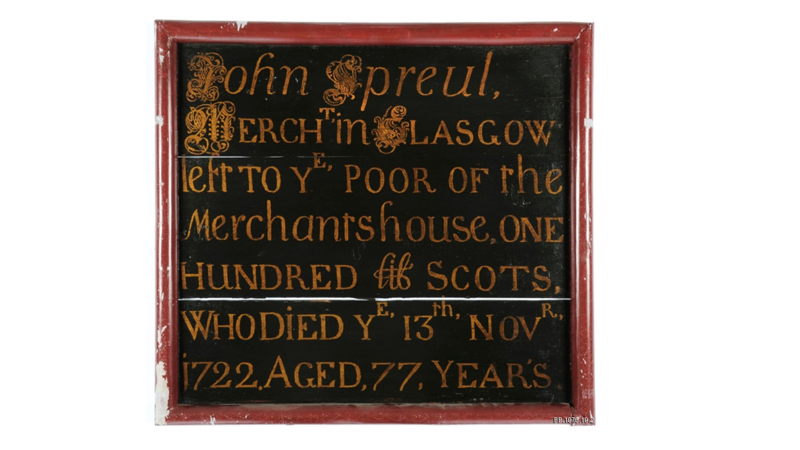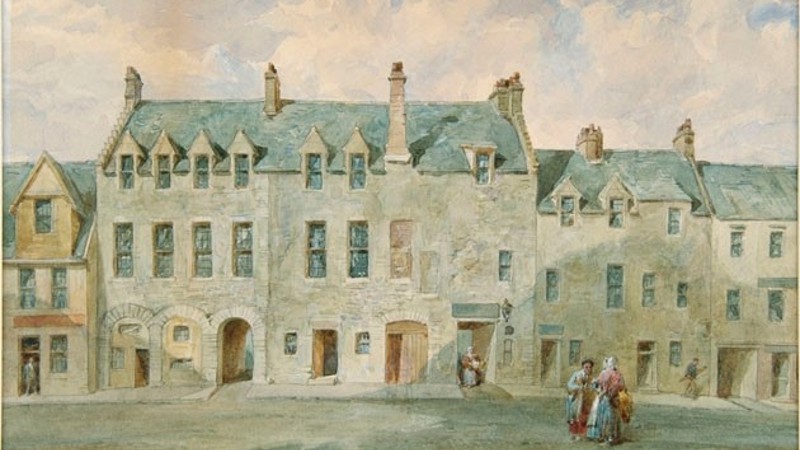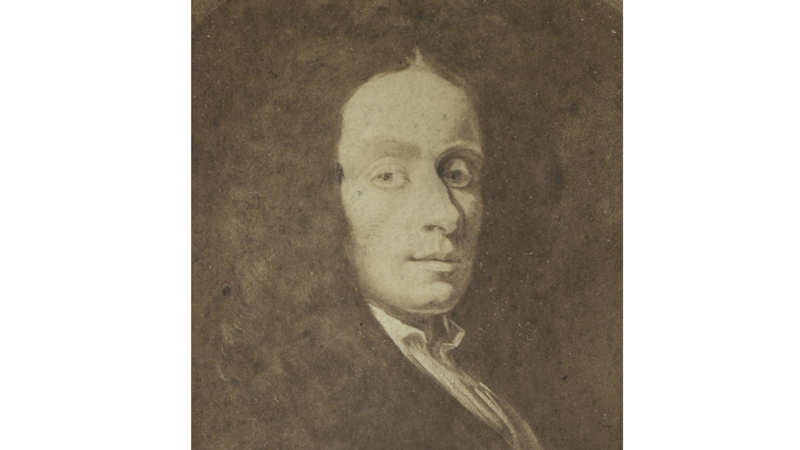The reference to his enslaved black servant person comes from the Montrose papers in the National Records of Scotland, where an account for medical care for his servants from 1702 to 1709 includes ‘the black’ (GD 220/6/974). This probably refers to an enslaved person from Africa, or possibly from an American or Caribbean plantation. Unfortunately nothing more is known about him or his duties.
He may have worn a ‘slave collar’ similar to the one in Glasgow Museums’ collection. A silver collar was made for the Duke of Montrose by the Glasgow goldsmith, James Luke, in 1703 who charged for the weight of the silver, and another 12 shillings for ‘fashion’ (GD220/6/1097). What this was is not recorded, but it was clearly for someone or something special. Luke was also an investor in the Darien scheme and saw business opportunities in the slave trade.
Montrose and Spreull tried to drive forward Scotland’s ambitions to trade with Africa, the Caribbean and America and create its own colonial foothold. Both owned properties in Glasgow. One wrote about the slave trade and the business opportunities it presented, and the other owned a slave in the city. Looking at the pictures of the ‘Duke’s Lodging’ perhaps you can imagine the scene in the early 1700s, with an enslaved black servant, dressed in livery and wearing a fashioned silver collar, attending the Duke and his guests, and embodying the wealth and prosperity that afforded those who invested in the slavery economy.
Dr Anthony Lewis,
Curator of Scottish History



